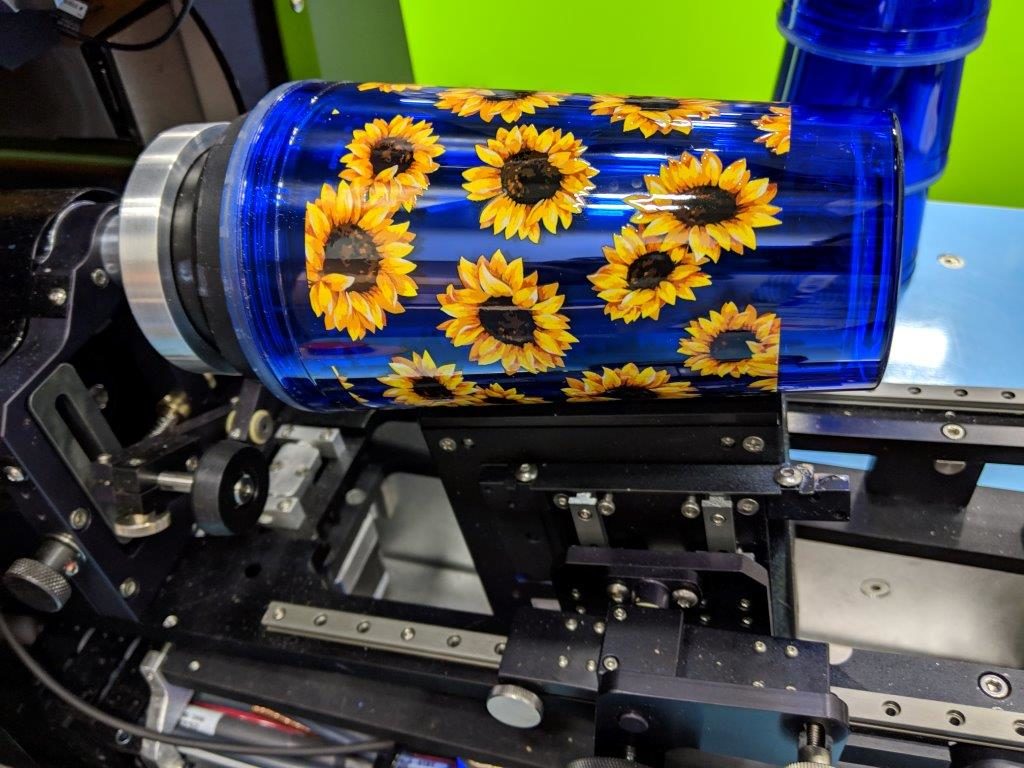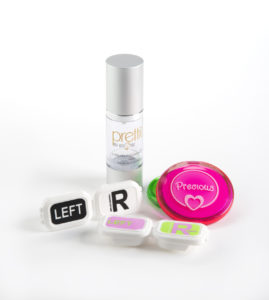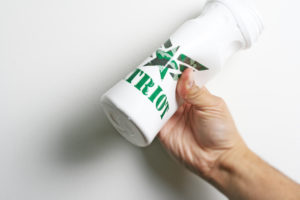- Equipment
- Inks & Supplies
- Services
- Applications
- Tagless
- Resources
- About Us
- Contact Us

As seen across the industry, pad printing and inkjet printing are among the top processes for printing on plastic. But plastic is more than meets the eye. Did you know that there are 7 listed different types of plastics, but the 7th option is miscellaneous plastics which includes hundreds of alternatives and different mixes? Since many plastics are sourced from outside vendors, understanding exactly which plastic you are working with may pose a challenge but there are always solutions to these printing roadblocks.
Before we discuss the different processes for printing on plastic, it is important to note that although many companies may have their go-to combinations for plastic decorating, most will want to do adhesion testing anyway. We see this with silicone as well; where manufacturers mix one batch for one product one way and then mix a batch for the same product another way. This makes it difficult for ink adhesion because you have the same product, but it is comprised of different materials. This is why, to be safe, we always test plastic or silicone products coming in before we suggest a pre-treatment/ink combination.

For those who are unfamiliar with pad printing, pad printing is the process of mixing a solvent-based pad printing ink with solvent, hardener, and other additives. This pad printing ink is specifically chosen for the substrate you are printing on. Inkcups carries 7 different pad printing inks for printing on plastics. The ink is added to an ink cup and placed on the pad printing machine. The pad printing machine essentially acts as a stamp, picking up the artwork from an etched plate or cliché with a printing pad and placing it onto the product. This process is very popular with companies who are looking to print 1- to 6-color graphics. This is especially popular with plastic molding companies.
Learn more about the basics of pad printing: Pad Printing the Inkcups Way
When it comes to pad printing on plastic, aside from ink, there are a few things to consider:
See our line-up of pad printing machines

The same considerations apply to UV printing on plastic. UV printing or UV inkjet printing is a direct-to-substrate process. The artwork is created and manipulated in a design software (Photoshop or Illustrator) and then sent to the printer to print. Here, a UV inkjet ink is jetted onto the product in the form of tiny droplets utilizing cyan, magenta, yellow and black ink to form the image that was created on the computer. As the name implies, the UV inkjet ink is then cured using the UV/LED light that is standard with all machines. Keep in mind that this is not a separate process, this all takes place in one machine.
When it comes to UV printing on plastic, you will also need:
See our line-up of UV printers
All in all, the decision to choose one method over the other depends on what your desired outcome is. Both processes may need to utilize a pre-treatment method to prep the surface to accept ink. While UV inkjet printing incorporates the post-curing, pad printing may require drying (either air or heat). If either choice will work for you, it is important to first send your product to the machine supplier to test to see which method is feasible. Sometimes, since plastic can vary so much, one method may not work as well as the other.
Inkcups has close to 20 years working with different plastics. Our application specialists have expert knowledge in the right combination of inks and pre-treatment but always test to be sure.
Add Your Comment